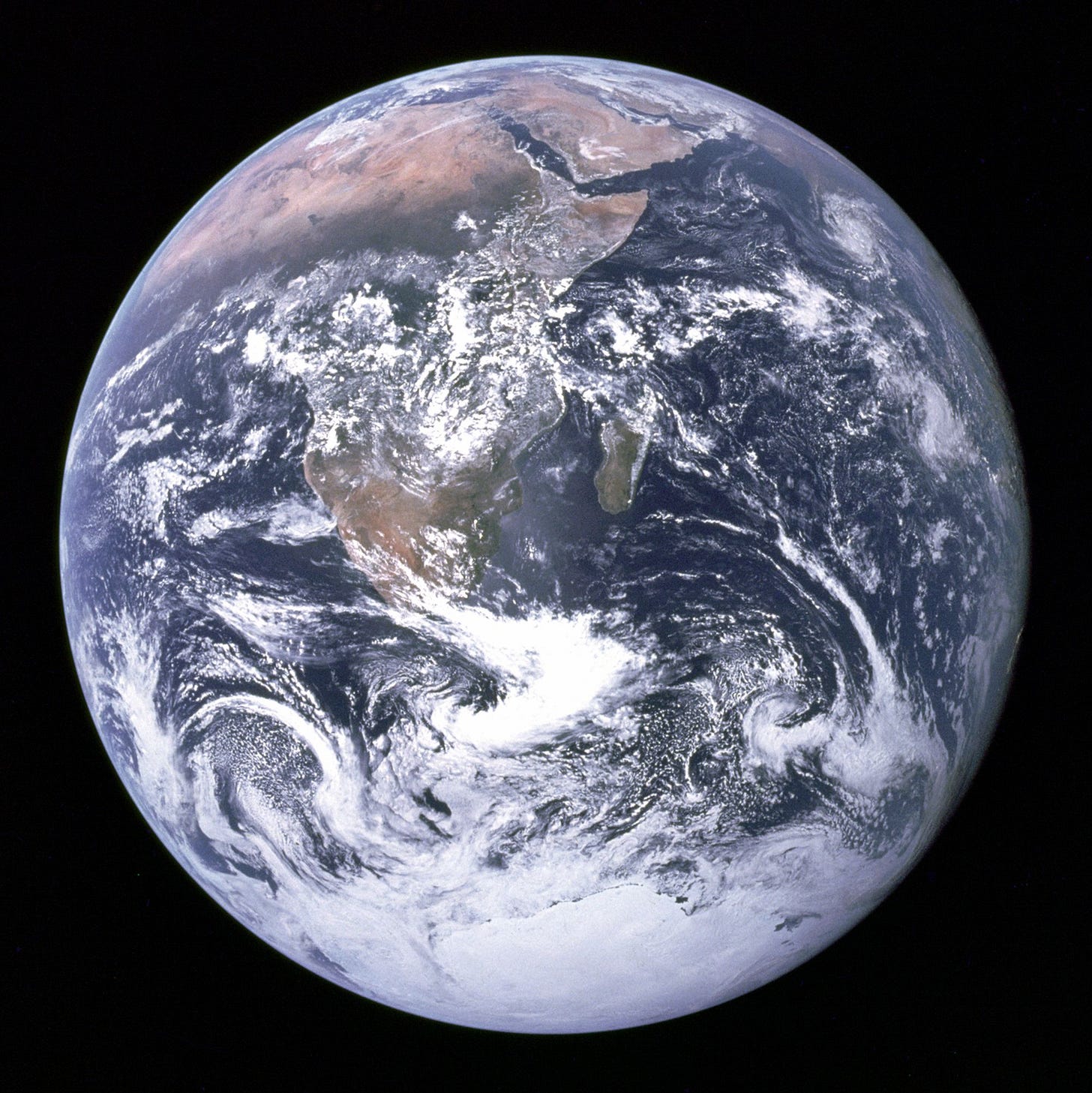#31 - Information Volatility
How the variability in information can be measured and used as a lens to understand modern society
I first wrote about Information Volatility in early 2017. In my humble opinion, it will become one of the main lenses through which our time period is viewed by future historians. This was one of the first articles I ported over to Substack from my old stomping grounds:
It’s well worth reading the whole thing, but we’ll take a condensed look here at the core concept of Information Volatility.
Volatility in financial terms is a measure of the inherent fluctuations or variance in a stock’s price, and can be related to fluid dynamics as well. Just as a stock price flows over time, so too can we think about the flow of information. Similarly, water can flow in calmly in small volumes, but will tend to become more volatile when flowing in large volumes.
In the past hundred years, two things have happened:
One, the speed at which information is transferred has increased dramatically. First daily news, then radio, then TV, and now the internet. The speed of information transfer is now only constrained by our brain’s ability to produce or consume it (and the speed of light).
Second, the ability to create information has been democratized. This part is more recent. While the internet itself helped, it’s only been the past few years with the rise of social media that any voice can get out there and reach meaningful numbers of people.
Let’s take these two things together.
More speed and more democratization cause an increase both in volume and in volatility. Volume is easy to understand. Volatility is meant in a mathematical sense – as you would calculate the volatility of a stock market. Put simply, there is a larger range of information than ever before.
In the past, the three nightly news shows would show more or less the same information about something like the Vietnam War. Now? Watch two different shows or go to two different corners of the internet, and you are occupying different realities.
Today’s political polarization can be viewed through this lens. We not only have two sides that now have almost entirely different worldviews and sets of facts, but each of those sides is fracturing into their own splinter cells. The 2024 Trump suppporter has a whole different worldview than a DeSantis supporter or a Haley-supporting Neocon. Similarly, the left has long been fractured into tribes: the far-left zealots, the social democrats, and the old-school liberals who find themselves increasingly isolated.
There is little reason to think we’ll stop here. As information diverges further, we’ll have more and more factions in our country believing entirely different things.
As you can expect: this increase in volatility is pretty obviously a really bad thing if left unchecked. At best we’d end up with deep fractures in society, at worst, we’d have wars between or within countries.
We can fix this through one (or a combo) of three channels: innovation, cultural self-regulation, government regulation. In the years since I wrote the piece, we’ve seen a lot of crude attempts at all three: tech giants creating censorship algorithms, mobs silencing voices they disagree with, and governments (outside the U.S.) regulating speech.
That the volatility of information has overcome all of these attempts to stop it indicate that it is a formidable force. And certainly, it’s not one where I think crude attempts at control can stop it, let alone whether we should ever grant someone the power to wield that kind of control (we shouldn’t).
But we still have to realize that a trend like this can’t continue forever. Something will break. We’d be wise to try to figure out how to alleviate that pressure in a better way than waiting for a fracture.
If you are interested in thinking more about this, check out the original piece and let me know what you think!



